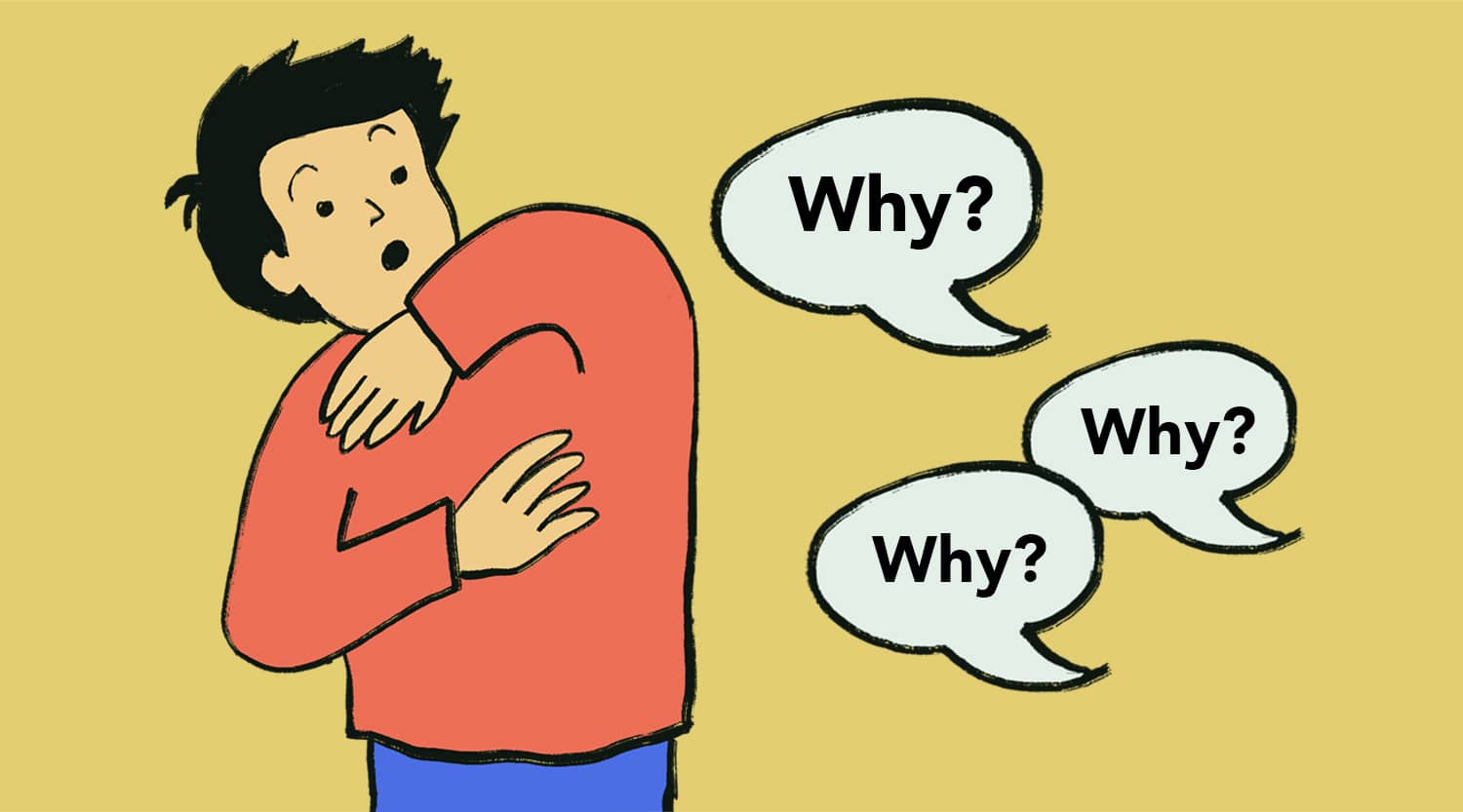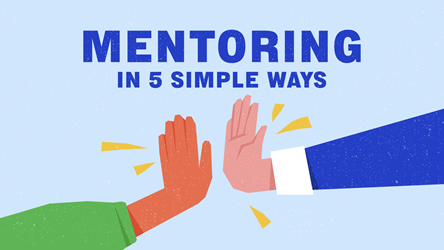Are You A Good Listener?

Many of us have been guilty of this: when speaking to another person, we only give half our attention to the conversation. Instead of listening to what they are saying, much of our time is spent thinking about our response.
When this happens, the other person can probably tell that we’re not really listening.
To be a better conversationalist, be a more active listener. This means giving the other person our fullest attention while signalling that we have heard and understood his/her message.
Here are some ways you can become a more active listener:
Question Effectively
Being an active listener is not just about listening; it involves asking good and relevant questions. Different types of questions can have different outcomes, depending on the purpose of the conversation.
To build relationships, for example, it’s better to ask the person affirmative questions about themselves or their opinions. In managing or coaching, however, rhetorical and leading questions are more useful – they help the other person reflect and follow your suggestions.
Different Types of Questions

One useful tip, according to cognitive behavioural therapist Nixaly Leonardo in her book Active Listening, is to avoid starting questions with “why”. “Why” questions tend to make people feel judged; it is better to rephrase the question as an “I” statement (e.g., I feel, I think) instead.

Indicate Your Attention Using Nonverbal Cues
Use nonverbal cues to indicate that you are paying attention and interested in what the other person has to say:

Avoid Interrupting
When listening to others, we may interrupt with good intentions. Sometimes, we’re excited to share a relevant anecdote. Other times, we want to give our opinion before the conversation moves to a new topic. To us, these are ways of showing that we are interested in what the other person has to say.
Although well-intentioned, most interruptions can be perceived as rude. They may signal to the other person that you’re not really listening.
It is important, however, to consider the context of the conversation. For example, if someone has misunderstood a question or starts to use unfamiliar terms, jumping in to clarify the topic at hand is less likely to be considered rude.
Otherwise, avoid interrupting and keep to simple humming (“uh huhs” or “mmhmms”) or short phrases such as “that’s true” or “oh, I see”. This is a more polite way to show that you are paying attention and understand the other person’s message.
It is best to wait for natural pauses in the conversation before you speak to add on or ask questions.
Rephrase Key Points
Restating the other person’s argument or statement (also known as looping) helps them feel heard and understood, while helping you to process and retain what you just heard.
It is important to remember that you should not be exercising any judgement. Simply listen and try to comprehend the other person’s argument.

To get more stories like this, subscribe to the Challenge newsletter or follow the Challenge Telegram channel.
- POSTED ON
Feb 27, 2023
- TEXT BY
Hidayah Md Sham
- ILLUSTRATION BY
Mushroomhead








